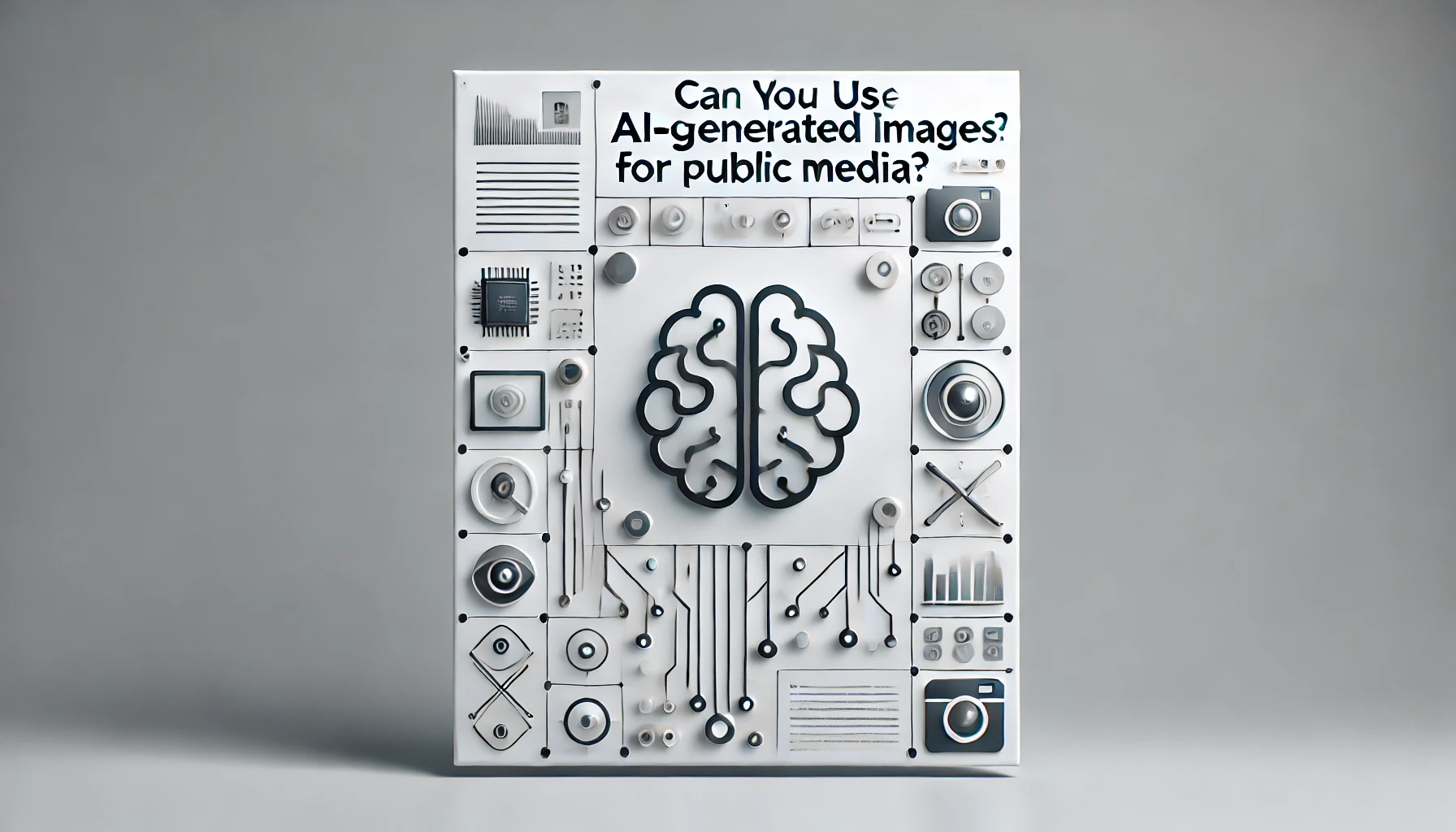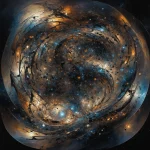 As AI technology advances, the creation of AI-generated images has become increasingly popular. These images, produced by algorithms like DALL-E, Stable Diffusion, and Midjourney, offer innovative opportunities for artists, marketers, and content creators. However, the legal framework surrounding the use of these images in public media is complex and evolving. This blog post aims to provide a comprehensive overview of the legal considerations and best practices for using AI-generated images in public media.
As AI technology advances, the creation of AI-generated images has become increasingly popular. These images, produced by algorithms like DALL-E, Stable Diffusion, and Midjourney, offer innovative opportunities for artists, marketers, and content creators. However, the legal framework surrounding the use of these images in public media is complex and evolving. This blog post aims to provide a comprehensive overview of the legal considerations and best practices for using AI-generated images in public media.
Understanding Copyright and AI-Generated Images
Copyright law traditionally protects works created by humans, granting exclusive rights to reproduce, distribute, and display these works. The rise of AI-generated content challenges this framework, as the lines between human and machine authorship become increasingly blurred.
Key Legal Precedents
-
US Copyright Office Decisions: The U.S. Copyright Office has denied copyright protection for works created solely by AI, emphasizing the necessity of human authorship. A notable case is “A Recent Entrance to Paradise,” where the lack of human contribution led to the rejection of the copyright claim (Cambridge) (SpringerLink).
-
Getty Images vs. Stability AI: Getty Images has filed lawsuits against Stability AI, accusing the company of using millions of copyrighted images without permission to train its AI models. These cases underscore the legal complexities and potential liabilities associated with using AI-generated images without proper licensing (Cambridge) (The Law Spot).
-
Global Perspectives: Different countries have varying approaches to AI-generated content. For instance, China has recognized AI-generated works as copyrightable if there is sufficient human creative input, whereas other jurisdictions like the EU and Australia emphasize the need for human authorship (Cambridge) (SpringerLink).
Legal Risks and Considerations
-
Copyright Infringement: Using AI-generated images that were trained on copyrighted works without permission can lead to copyright infringement claims. Developers and users of AI-generated content must ensure that the training data used by AI models is properly licensed or falls within fair use guidelines (The Law Spot) (World Economic Forum).
-
Human Contribution: To claim copyright for AI-generated images, significant human creativity and input are necessary. Courts have generally required that a meaningful human contribution be present for a work to be eligible for copyright protection (Cambridge) (World Economic Forum).
-
Ethical Considerations: Beyond legal issues, ethical considerations such as transparency and proper attribution are crucial. Clearly labeling AI-generated content and ensuring that creators are credited appropriately helps avoid misattribution and ethical concerns (World Economic Forum) (McKinsey & Company).
Best Practices for Using AI-Generated Images
-
Label AI-Generated Content: Always label AI-generated images as such to avoid confusion and misattribution. Transparency is key to maintaining trust and ethical standards.
-
Document Human Contribution: Keep detailed records of the creative input and guidance provided during the AI image creation process. This documentation can support your claim to copyright and demonstrate the human contribution involved (World Economic Forum) (McKinsey & Company).
-
Obtain Proper Licensing: Ensure that any third-party content used to train AI models is properly licensed. This helps mitigate the risk of copyright infringement claims and ensures compliance with legal requirements (The Law Spot) (McKinsey & Company).
-
Stay Informed: The legal landscape for AI-generated content is continuously evolving. Stay up-to-date with the latest legal developments and seek specialized legal advice to navigate the complexities of AI and intellectual property law (World Economic Forum) (McKinsey & Company).
Conclusion
Using AI-generated images in public media offers exciting opportunities but comes with significant legal and ethical responsibilities. By understanding the current legal landscape, documenting human contributions, obtaining proper licensing, and staying informed about legal developments, you can effectively navigate these challenges and leverage AI technology responsibly. For more detailed guidance, consulting with legal professionals specialized in AI and intellectual property law is highly recommended.
By following these best practices, content creators and businesses can harness the power of AI-generated images while minimizing legal risks and maintaining ethical standards.






